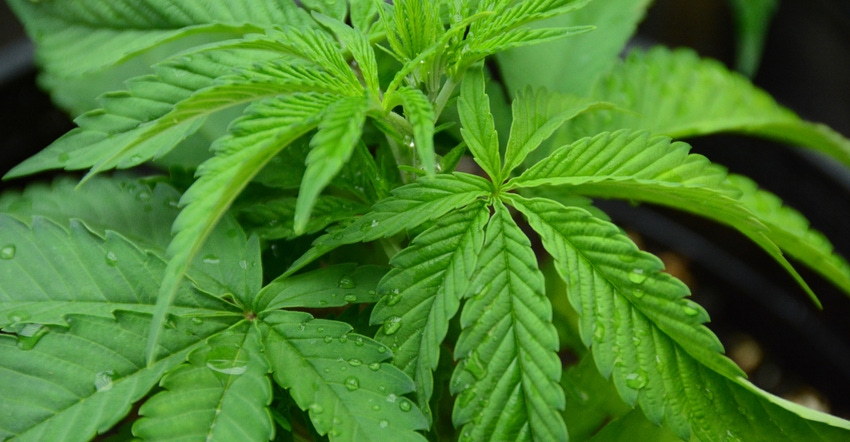February 20, 2020

Ohio State University Extension offers 10 educational points to consider when deciding to grow hemp:
1. It is a sibling to marijuana. It looks exactly like marijuana. The only difference between the two is in the level of tetrahydrocannabinol (THC), which causes hallucinogenic effects.
2. Seed can be hard to find and expensive. Buying seed from a reputable dealer is critical to prevent the crop from containing more than 0.3% THC.
3. License required. Hemp growers and processors have to get a license from the Ohio Department of Agriculture.
4. Test for THC level required. The Ohio Department of Agriculture must test hemp before it is harvested to ensure the THC levels are below 0.3%. Then, the hemp must be harvested within 15 days of the test.
5. If THC level is too high, crop must be destroyed. If farmers produce a crop of hemp that tests over the 0.3% limit for THC, the crop is considered to be marijuana and must be destroyed.
6. Planting rate varies by purpose. Grown for textiles or plastics, hemp has a planting rate of about 400,000 per acre. Hemp for cannabidiol (CBD) oil is grown at 1,000 to 2,000 plants per acre.
7. Growing hemp for CBD oil is more labor-intensive. It’s also similar to growing tobacco. Cultivating hemp for fiber, however, is more like cultivating a traditional row crop, planted much like corn or soy.
8. Female plants only for CBD oil. Hemp grown to produce CBD oil uses only female plants, and farmers typically buy them as plants rather than seeds. The female plants focus on producing flowers, which is needed for CBD; the male plants focus on producing more seeds.
9. Warm temperatures, well-drained soil. Hemp thrives in warm weather and in soil that drains well. Hemp grown for CBD oil requires a lot of water, and an irrigation source is likely to be needed.
10. A signed contract is a good idea. Having a signed contract with a buyer before planting is highly encouraged, as current trends make the prospect of selling hemp on the open market unlikely, or at a reduced price.
Source: OSU Extension, the outreach arm of the OSU College of Food, Agricultural and Environmental Sciences, which is solely responsible for the information provided and is wholly owned by the source. Informa Business Media and all its subsidiaries are not responsible for any of the content contained in this information asset.
You May Also Like




